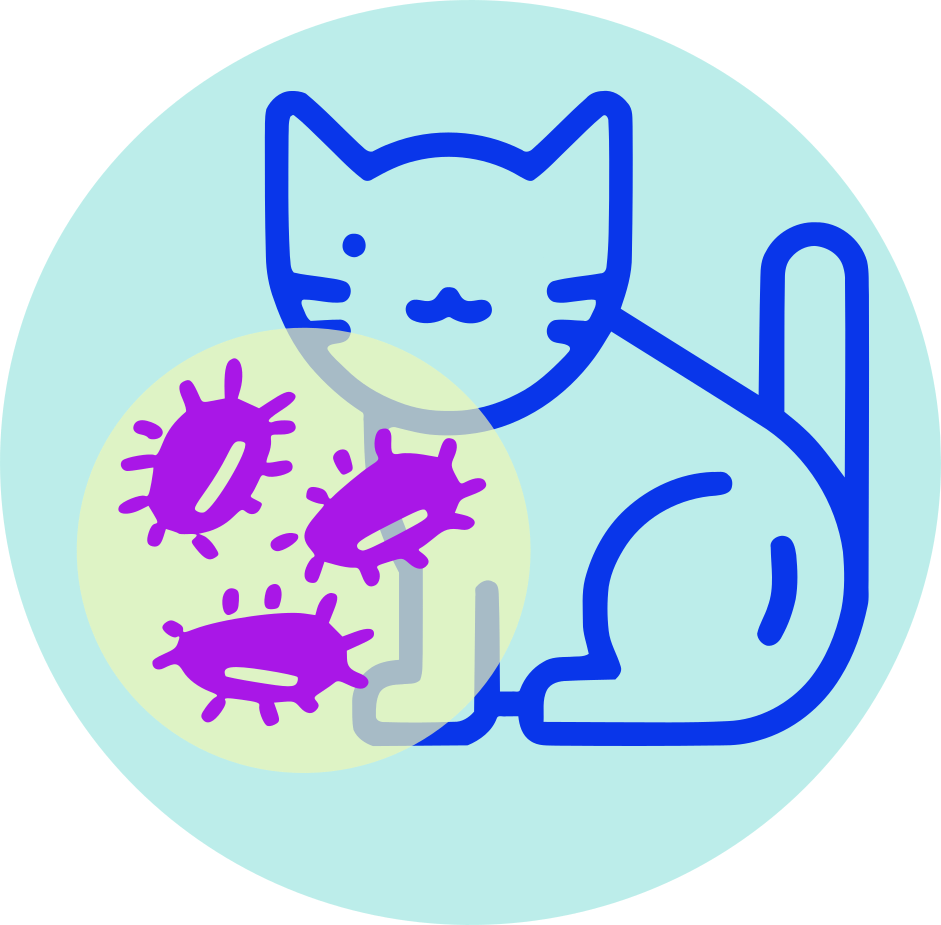| Name | Sulphadiazine + Sulphadimidine + Sulphapyridine |
| Classes |
Antiinfective Agent Antibiotic Antibiotic Combination |
| Diseases |
Bronchitis Colitis Dermatitis Ear Infection Infectious Disease Malaria Pneumonia Shigellosis Toxoplasmosis Traveler's Diarrhea UTI (Urinary Tract Infection) |
Sulphadiazine + Sulphadimidine + Sulphapyridine
Sulphadiazine, Sulphadimidine, and Sulphapyridine belong to the class of sulfonamide antibiotics. These drugs are bacteriostatic in nature and work by inhibiting the growth and reproduction of susceptible bacteria by interfering with the biosynthesis of folic acid.
Sulphadiazine, Sulphadimidine, and Sulphapyridine are indicated for the treatment and prevention of bacterial infections in animals. These drugs are effective against a wide range of Gram-positive and Gram-negative bacteria, including Staphylococcus, Streptococcus, Escherichia coli, Salmonella, and Pasteurella.
- The dosage and administration of Sulphadiazine, Sulphadimidine, and Sulphapyridine depend on the weight, age, and clinical condition of the animal. These drugs are available in various formulations such as tablets, powder, and injectables.
- For oral administration, the usual dose of Sulphadiazine is 50-100 mg/kg of body weight, while the usual dose of Sulphadimidine and Sulphapyridine is 100-200 mg/kg of body weight. These doses should be given in divided doses at regular intervals, depending on the severity of the infection.
- For injectable administration, the usual dose of Sulphadiazine, Sulphadimidine, and Sulphapyridine is 25-50 mg/kg of body weight. These drugs should be given intramuscularly or subcutaneously.
Sulphadiazine + Sulphadimidine + Sulphapyridine is generally well tolerated at the recommended dosage.
- Use of Sulphadiazine, Sulphadimidine, and Sulphapyridine should be avoided in animals with a history of hypersensitivity or allergic reactions to sulfonamide drugs.
- These drugs should not be used in pregnant or lactating animals, as they can cross the placenta and milk and cause fetal abnormalities and neonatal jaundice.
- The use of these drugs should be avoided in animals with renal or hepatic impairment, as they may exacerbate the condition.
- These drugs should not be used concurrently with other drugs that can cause bone marrow suppression or hematological abnormalities.
- Animals should be adequately hydrated during the treatment with Sulphadiazine, Sulphadimidine, and Sulphapyridine to prevent the development of crystalluria and nephrotoxicity.
- These drugs should be used with caution in animals with glucose-6-phosphate dehydrogenase (G6PD) deficiency, as they can cause hemolysis.
- These drugs may interfere with laboratory tests, including urine glucose tests, so it is essential to inform the laboratory technician about the use of these drugs.
Contraindication
Sulphadiazine, Sulphadimidine, and Sulphapyridine are contraindicated in animals with hypersensitivity to any component of the preparation.
None known.
None known.
 Bangla
Bangla English
English